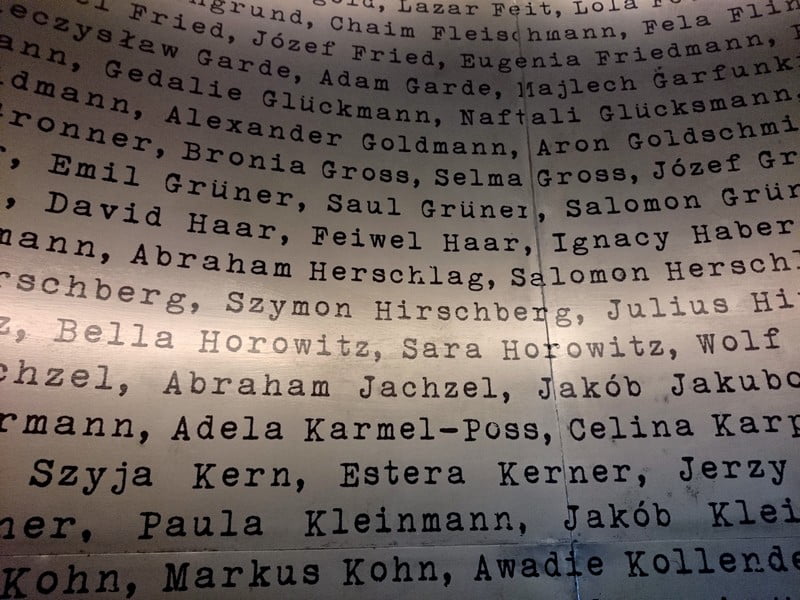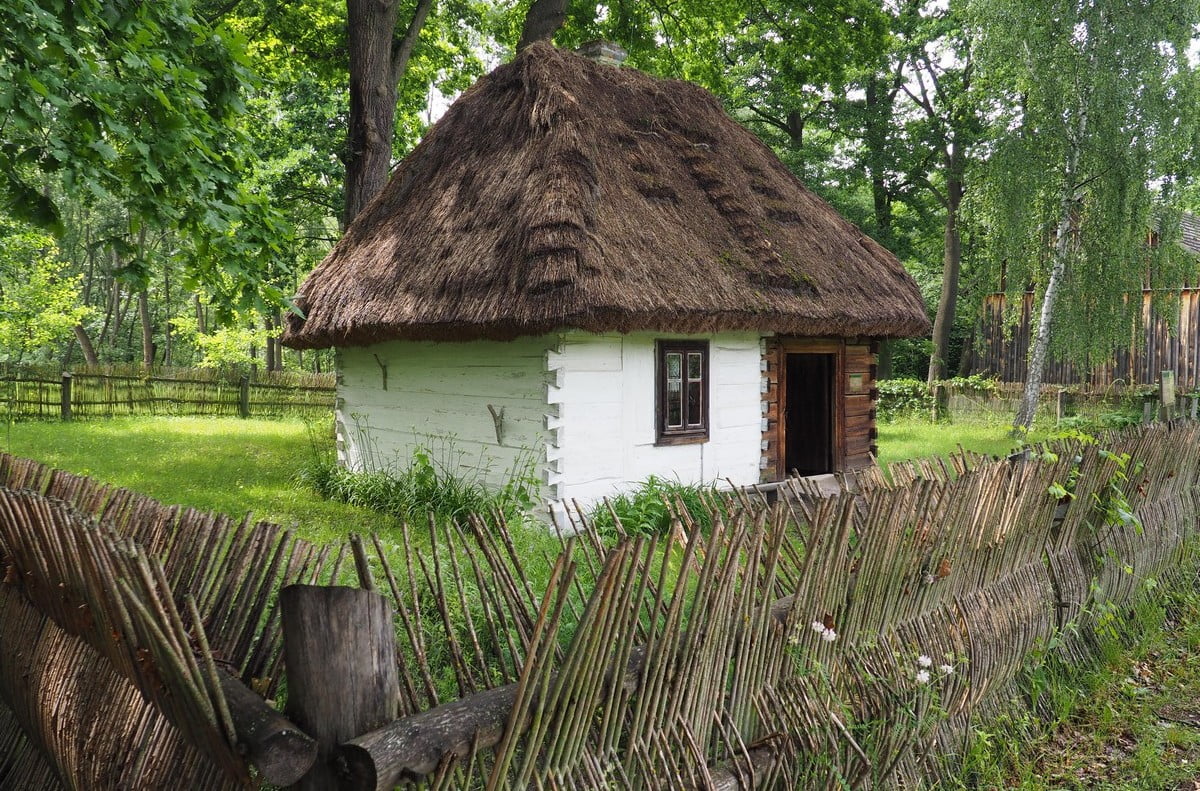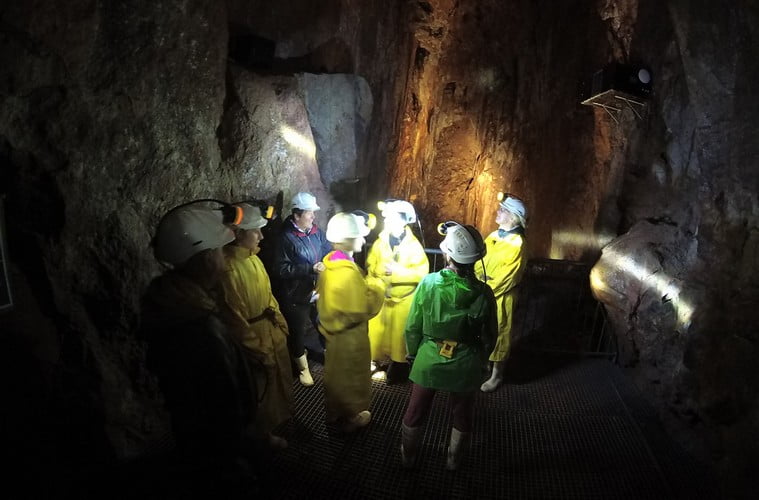Share This Article
One of the Lithuanian product that is not so well-known is Lithuanian vodka. Very often appears at Polish weddings (with a floating ear of grain inside). This time I visited the factory of this drink, which houses also the Stumbras Museum.
Localisation
The factory and Stumbras museum are located at K. Būgos street 7. If you plan to put this area in your sightseeing plan, Sugihara House and the bus station are quite nearby.
Sightseeing
Factory and museum tours can be booked in several variants. Depending on the size of the group and the amount of alcohol tasted (even with snacks), prices range from 17 to 26 Euro per person.
The tour consists of several elements. During the trip, we visit the production hall, museum and tasting room. Guided tours are available in Lithuanian, Russian and English.
We start sightseeing from the museum part. The history of the factory dates back to 1906, and over the years the plant has had better and worse days.
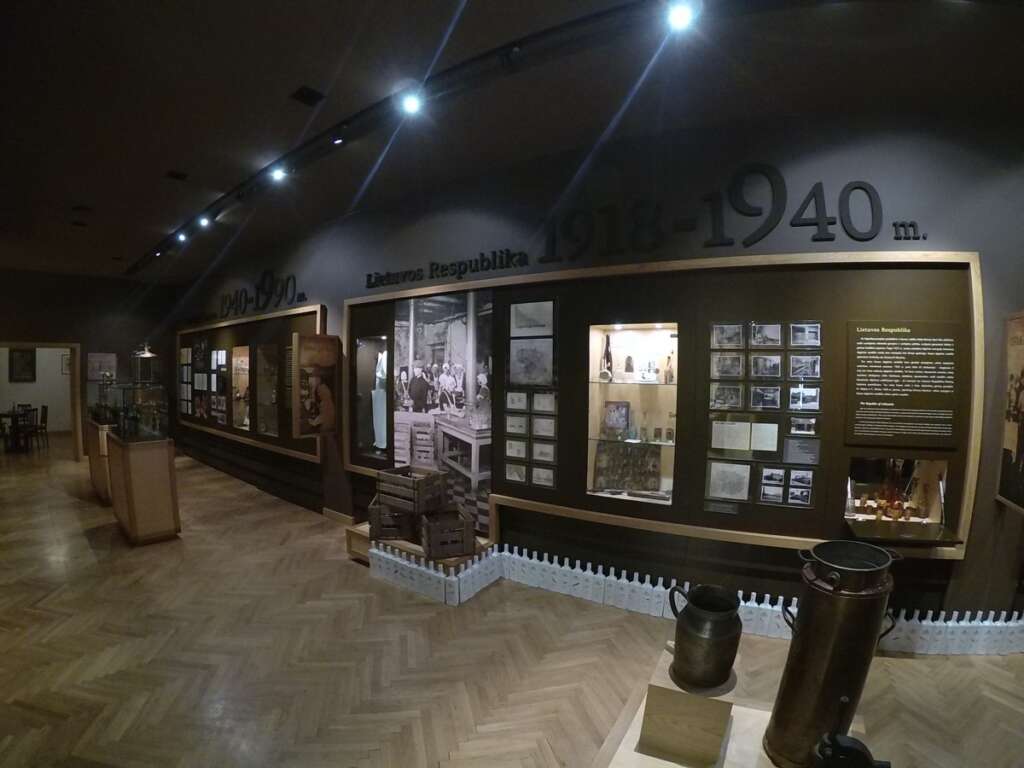
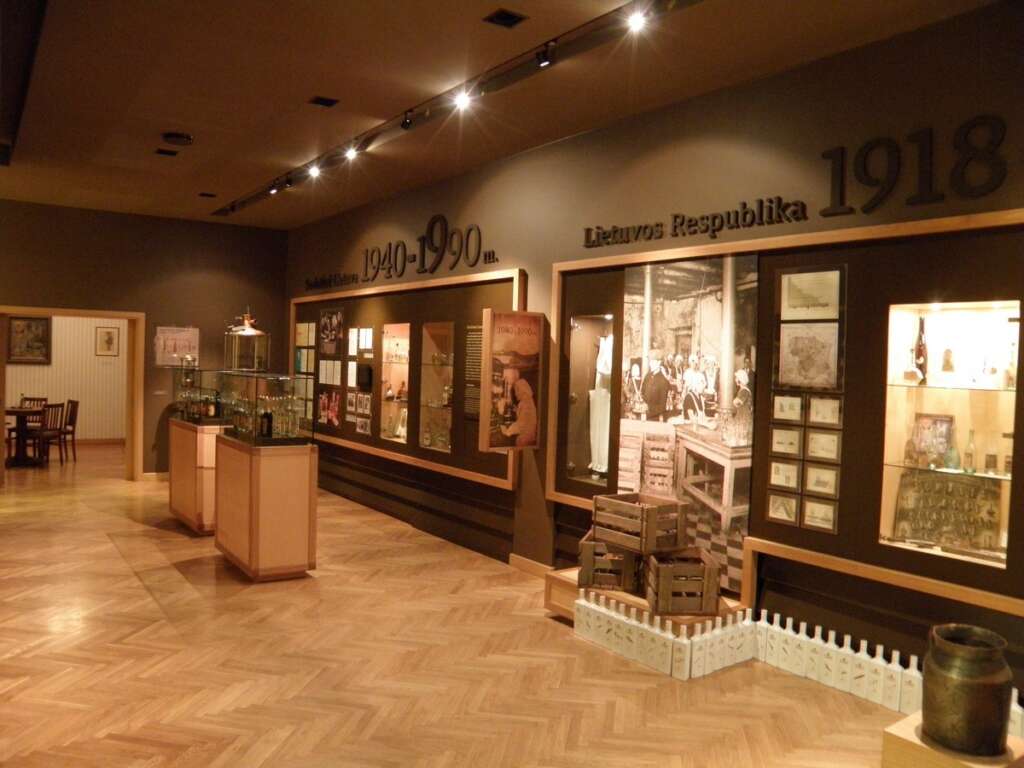
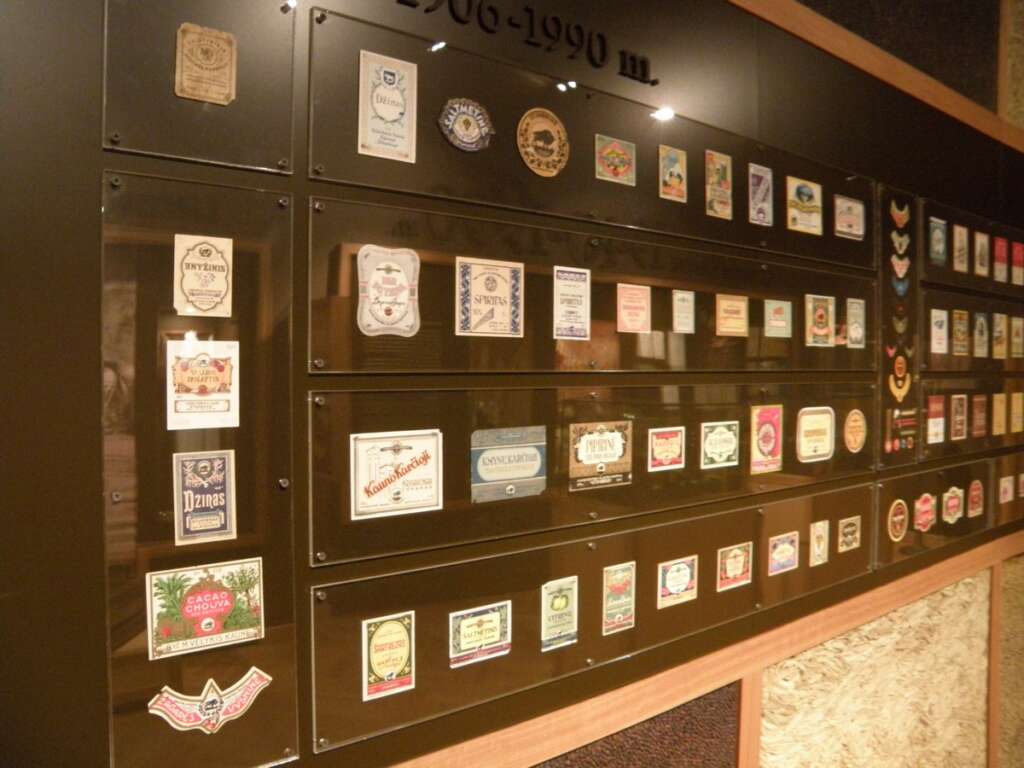
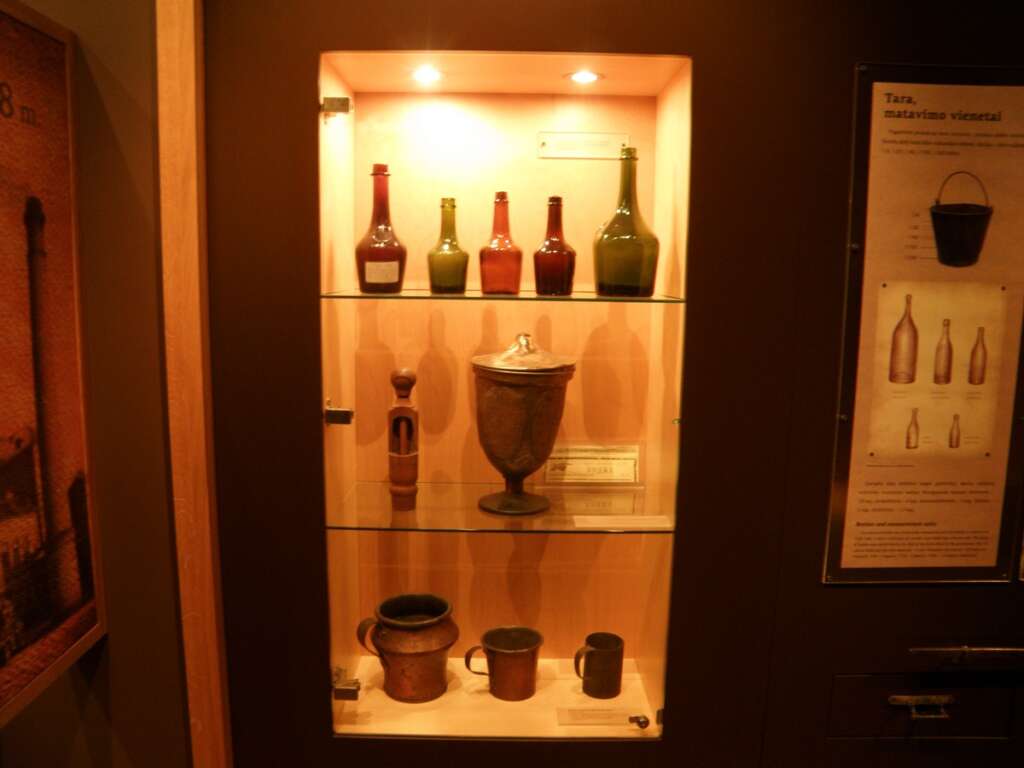
Production
Stumbras products are available in 30 countries. Here you will learn everything about distillation, filtration, bottling and all issues related to the production of liquors.
You will also visit a place where samples of produced bottles are stored. In case of problems and customer reports, employees can always check the quality of samples of each batch.
During the tour, we can also see the best known Stumbras product in Poland (ears of corn that go into bottles). There I also learned that these are triticale ears and they are harvested before ripening to avoid precipitation.
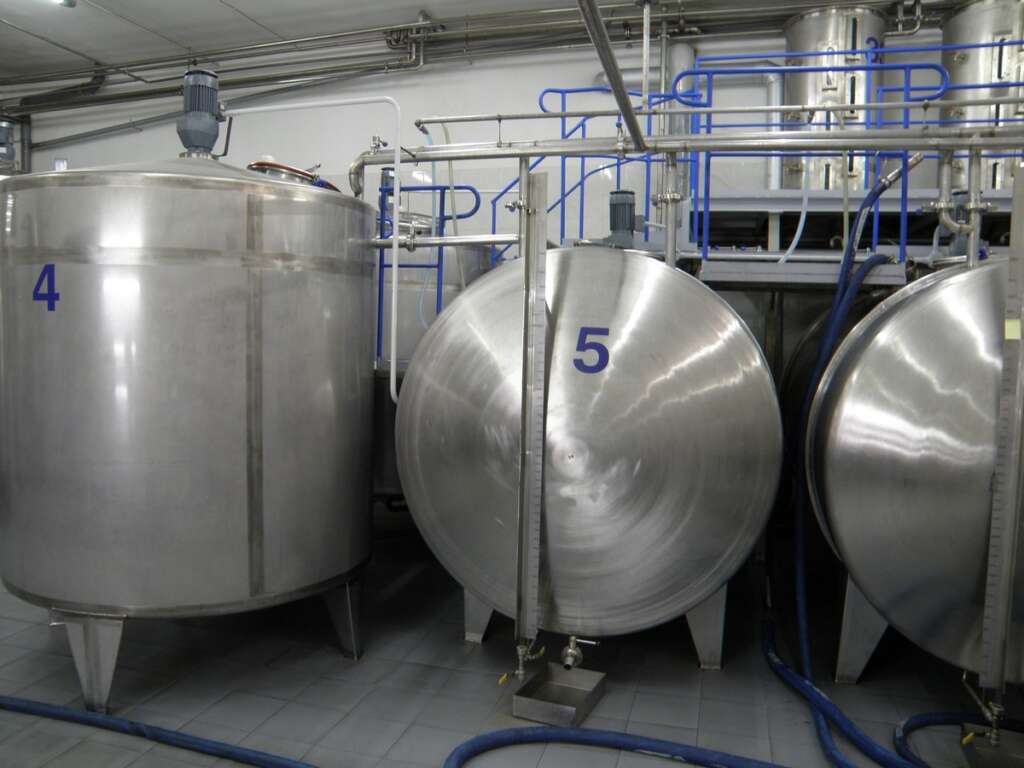

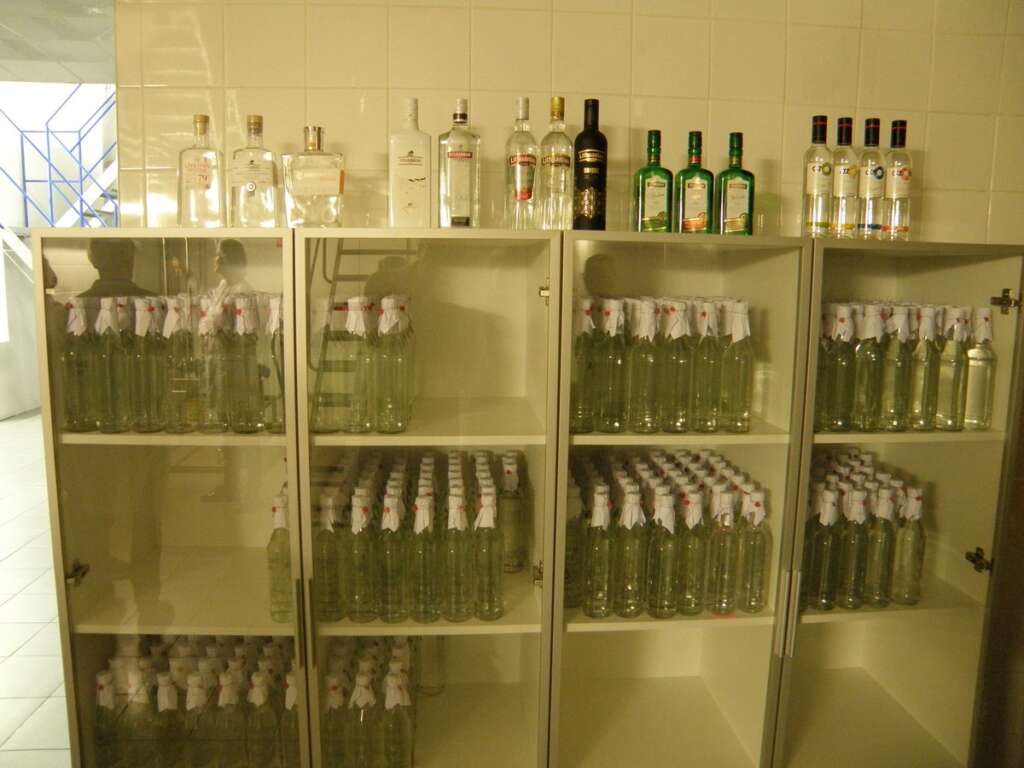
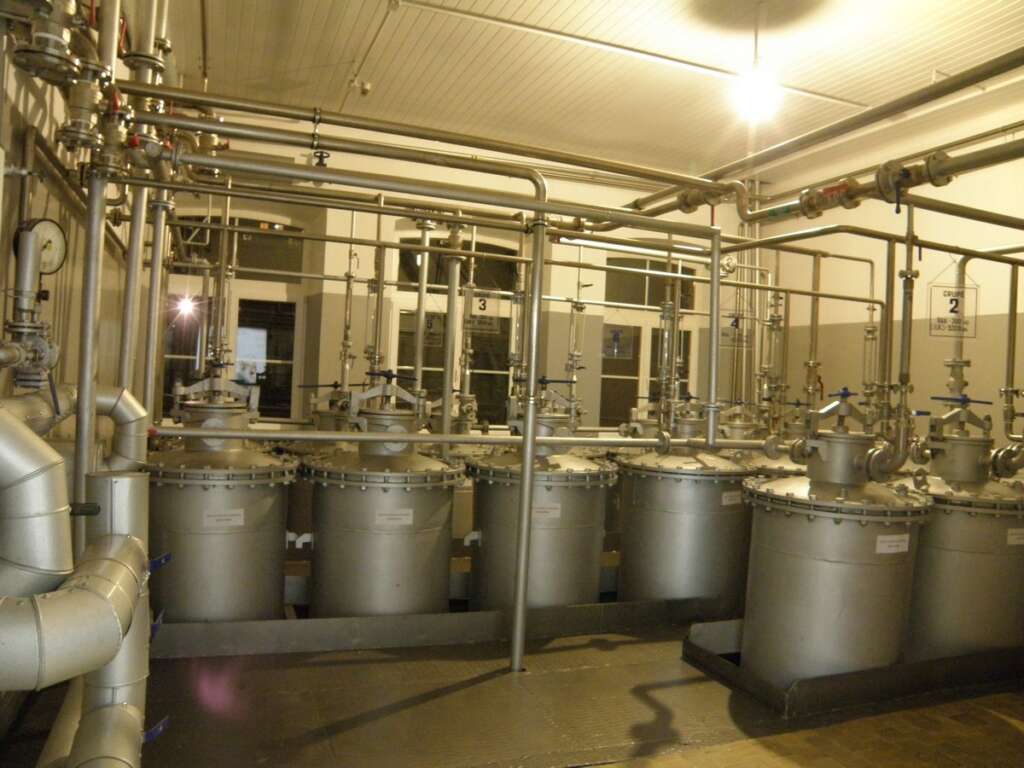
Flavours
The production of pure alcohol is not something that can fascinate me, but the part devoted to flavours and the production of extracts made a huge impression on me. At the Stumbras factory, extracts are produced on-site. Herbs or fruits are soaked in alcohol and reflect their taste there. After “pressing”, fruits and herbs are distilled to get the best out of them.
It will be hard for me to give you the smell of oranges or lemons but believe me, it is very pleasant!
Herbal alcohols (Bitter) are a separate topic in Stumbras. There are many types, and extracts for their production can also be seen and tasted on site. Dry ingredients are prepared on special trays, which are included in the recipes. The tasting of the herb extract is part of the trip. It is strong (almost 50%) and very essential! It warms up specifically, and the taste impression persists for some time.
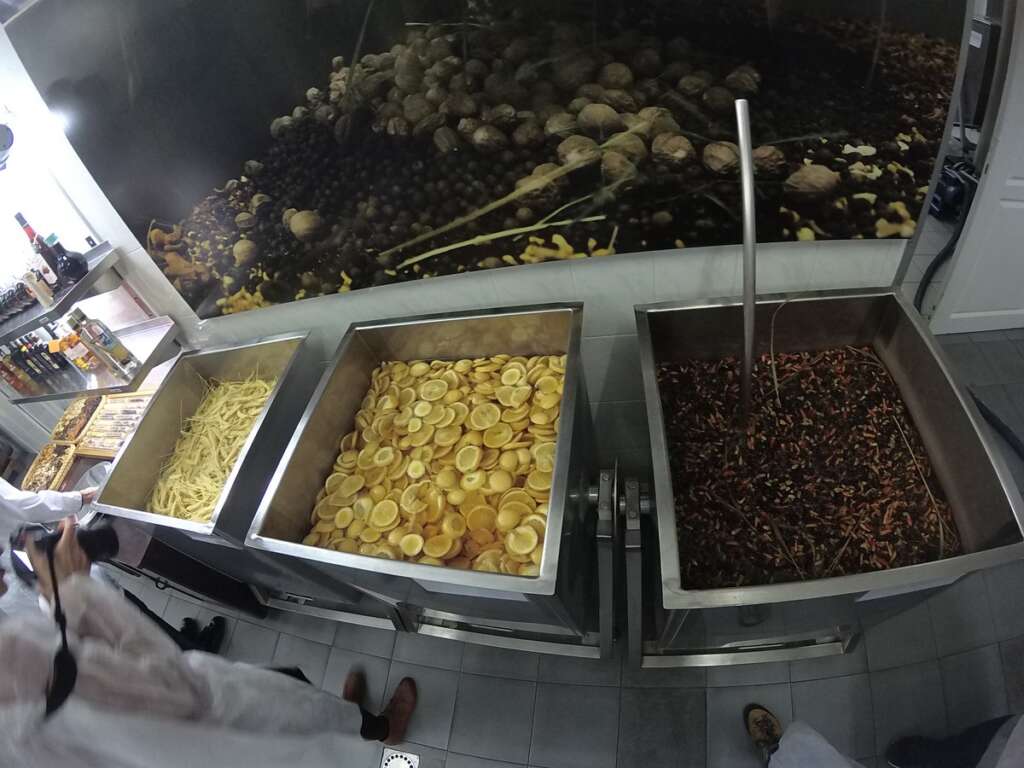
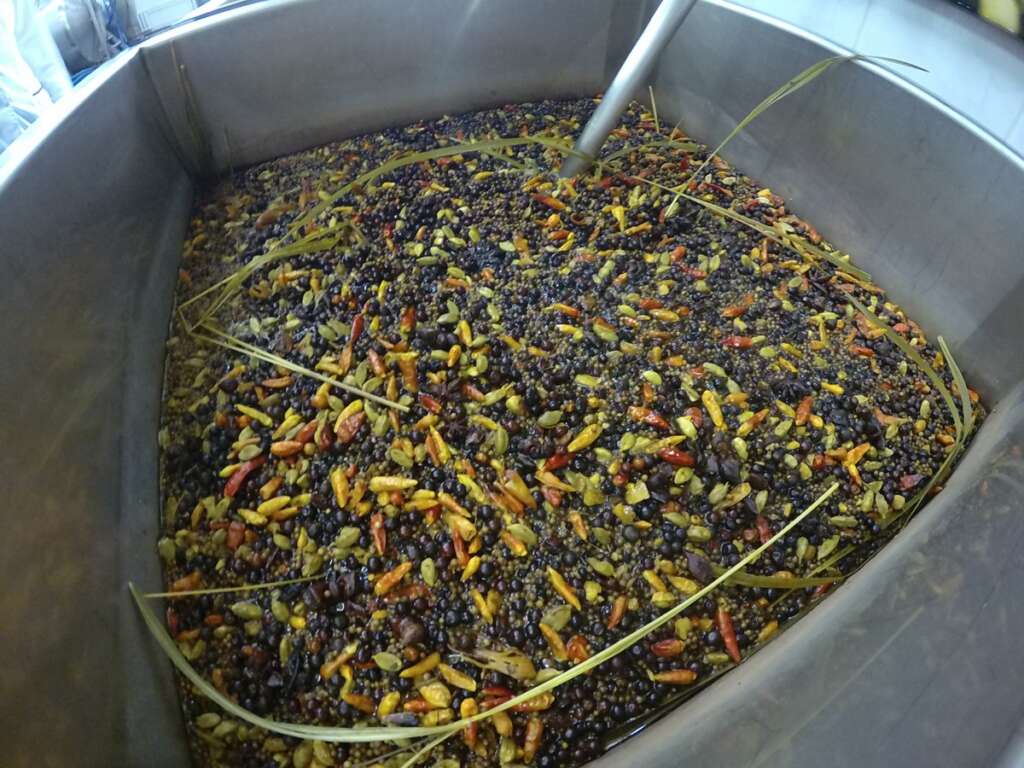
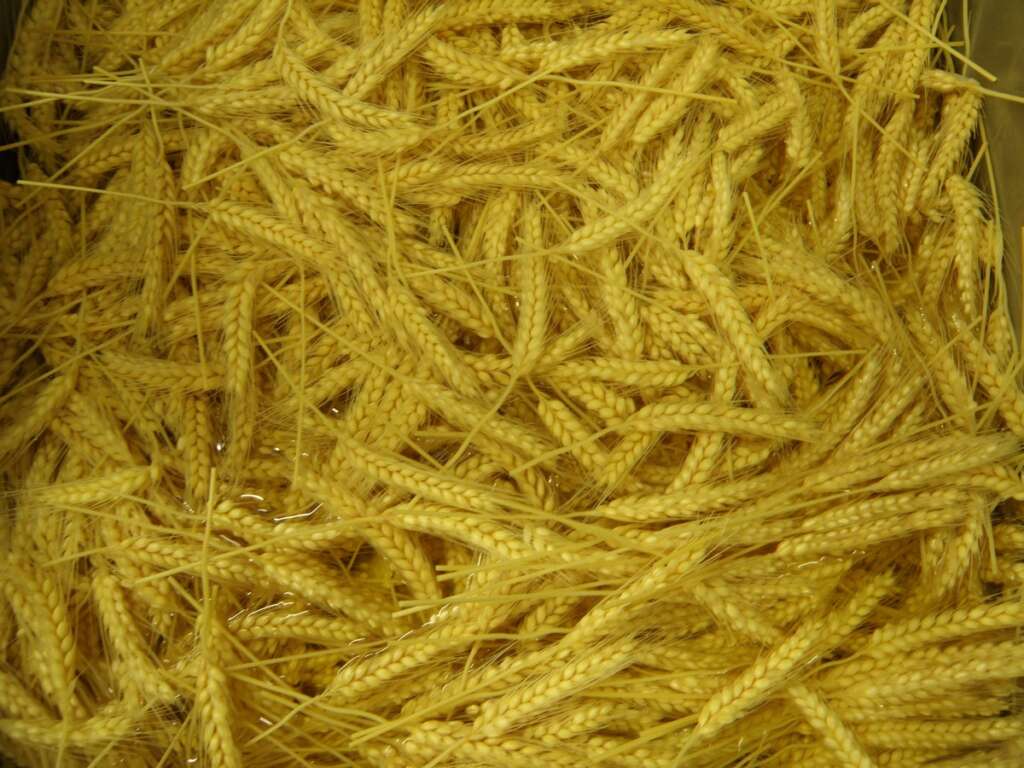
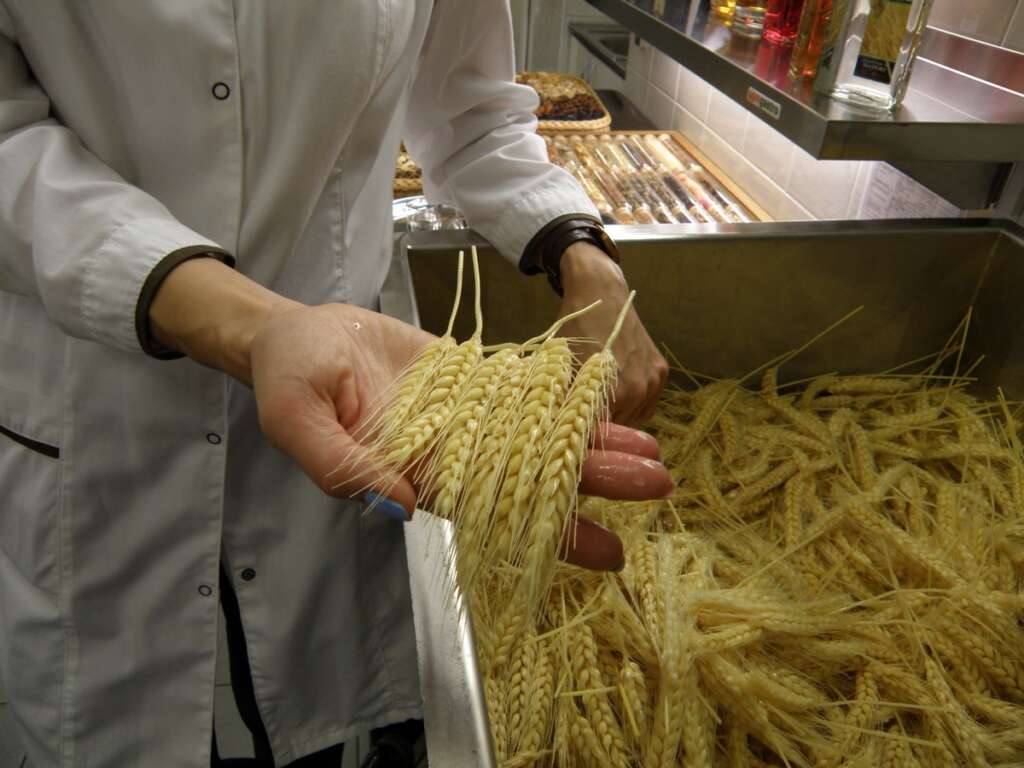
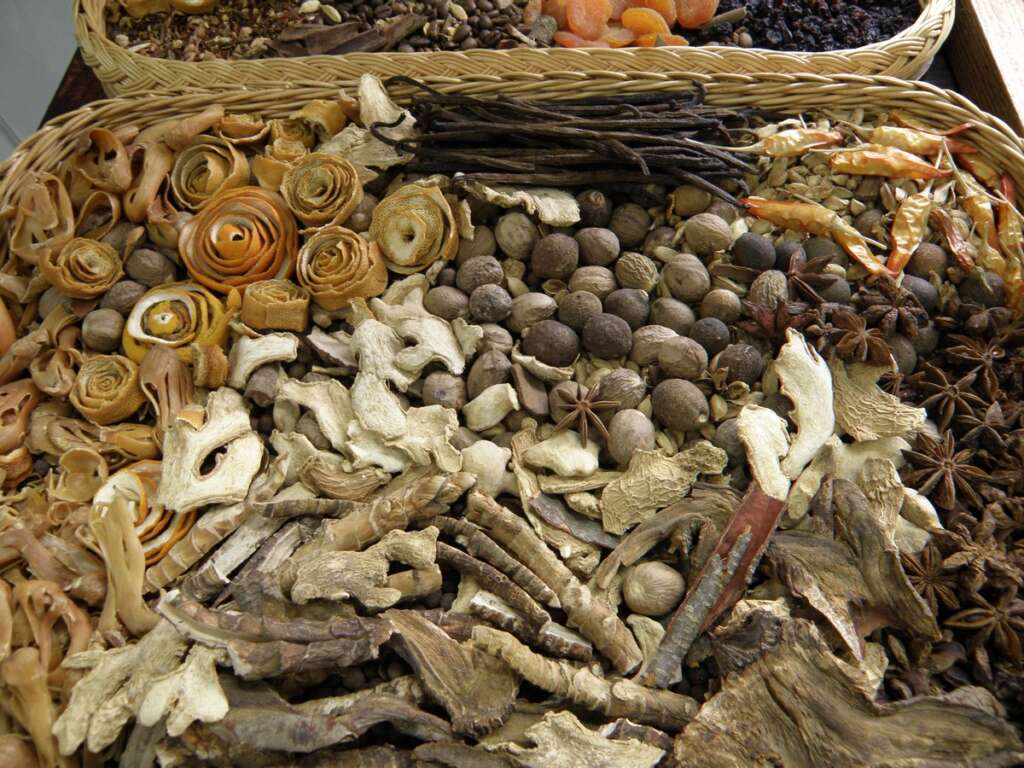
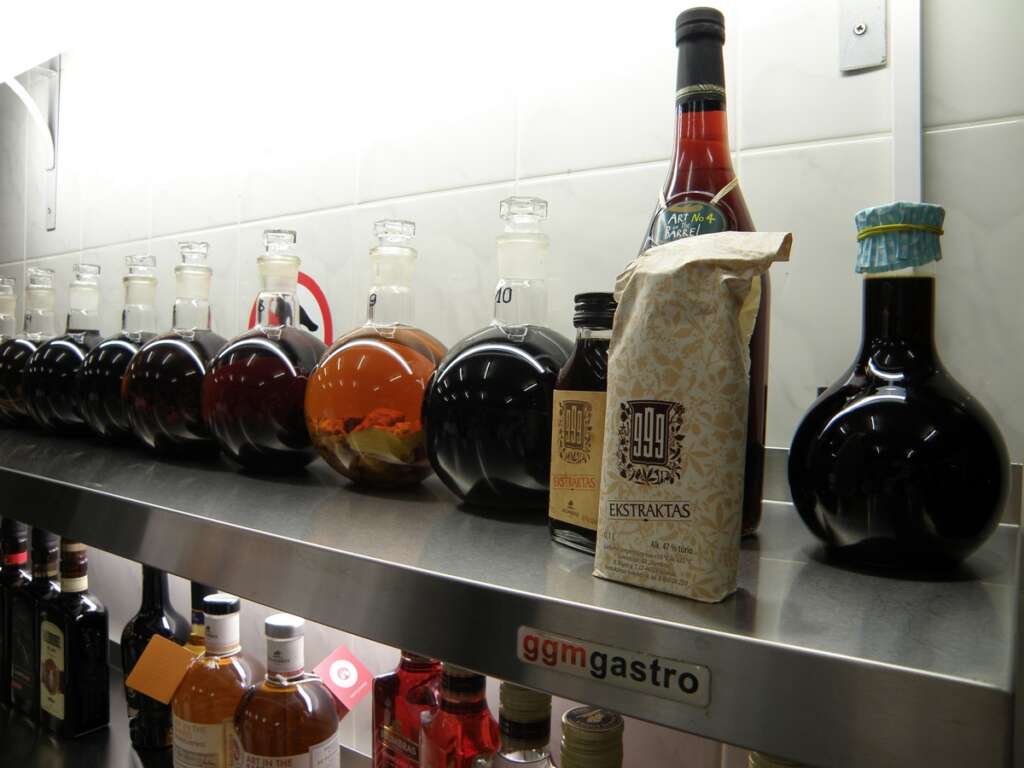
Degustation
In addition to trying different drinks in the factory hall, after the trip, we go to the tasting room. There are glasses filled with different alcohols, tasting card and snacks. We taste liquors at room temperature and describe our impressions on the cards. The guide talks about the offer, the history of drinks and about the taste and smell impressions. In my tasting set, there was pure vodka, herbal liqueur, quince, Krupnikas and something else I can’t remember.
An interesting fact was the combination of slightly sweet, herbal alcohol with kefir in a two-layer coat. The combination is very nice and I will try it at home sometime! However, Krupnikas was my favorite from this set. Herbal aromas and sweetness of honey made it pleasantly warm and it was his bottle that went to my backpack and returned to Poland for long winter evenings.
In general, Krupnik is also known in Poland and the roots of both these drinks are similar, although the Polish brand has now moved towards pure vodka, which does not play a bit with the historic krupnik full of herbs.
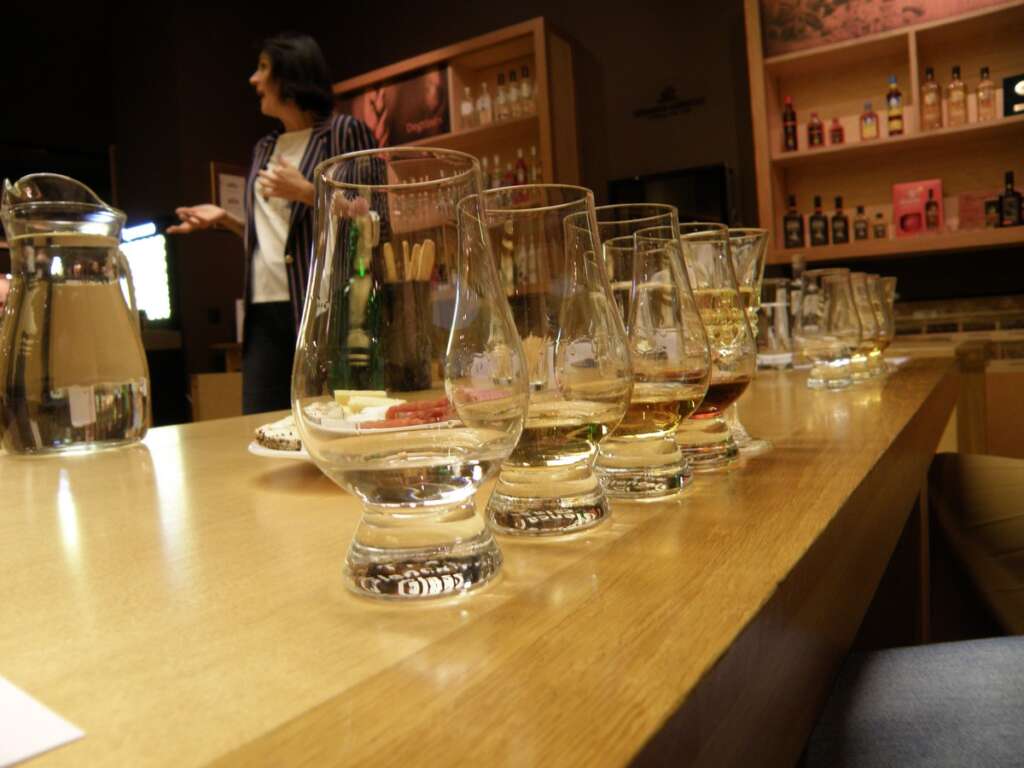
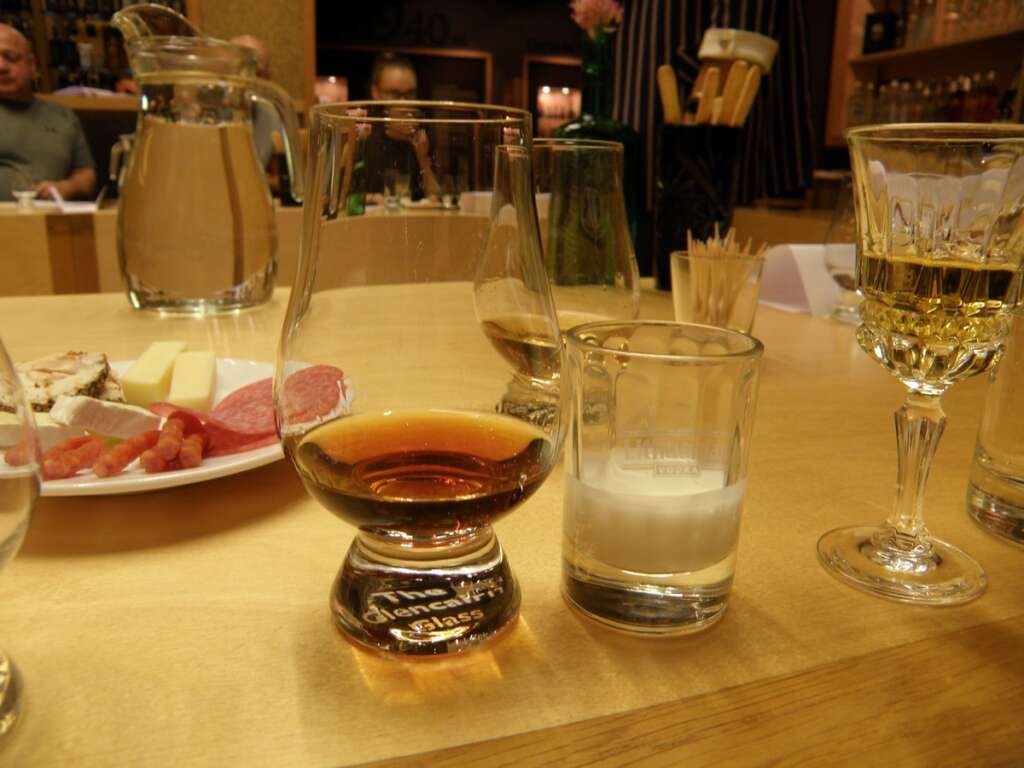
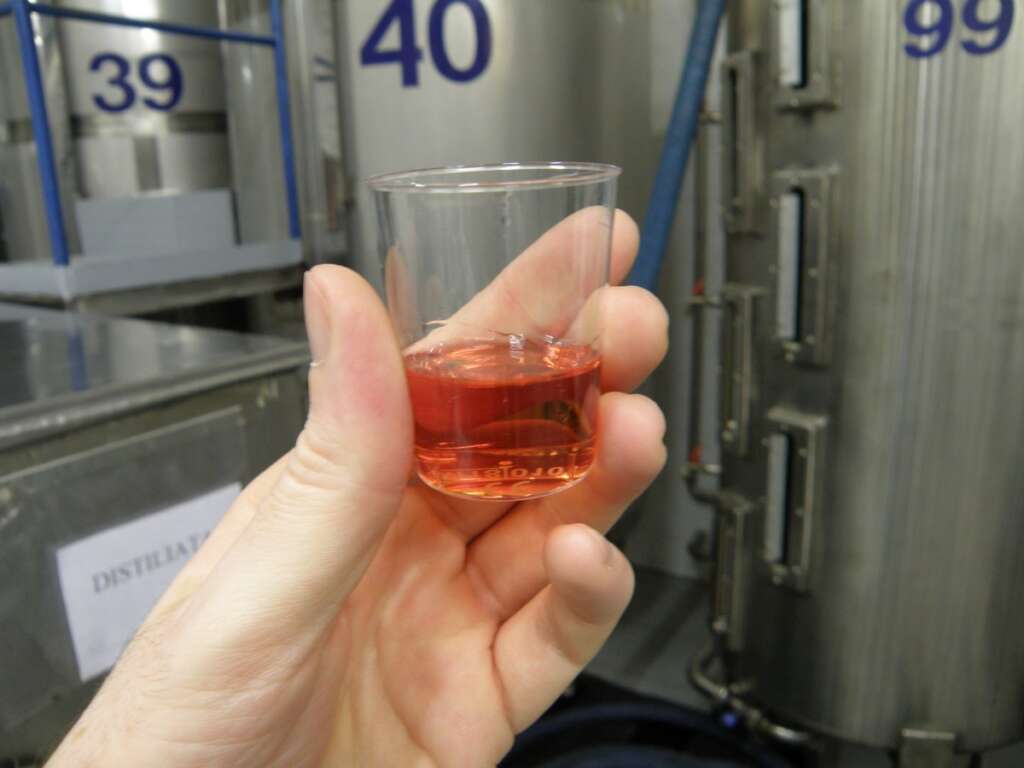
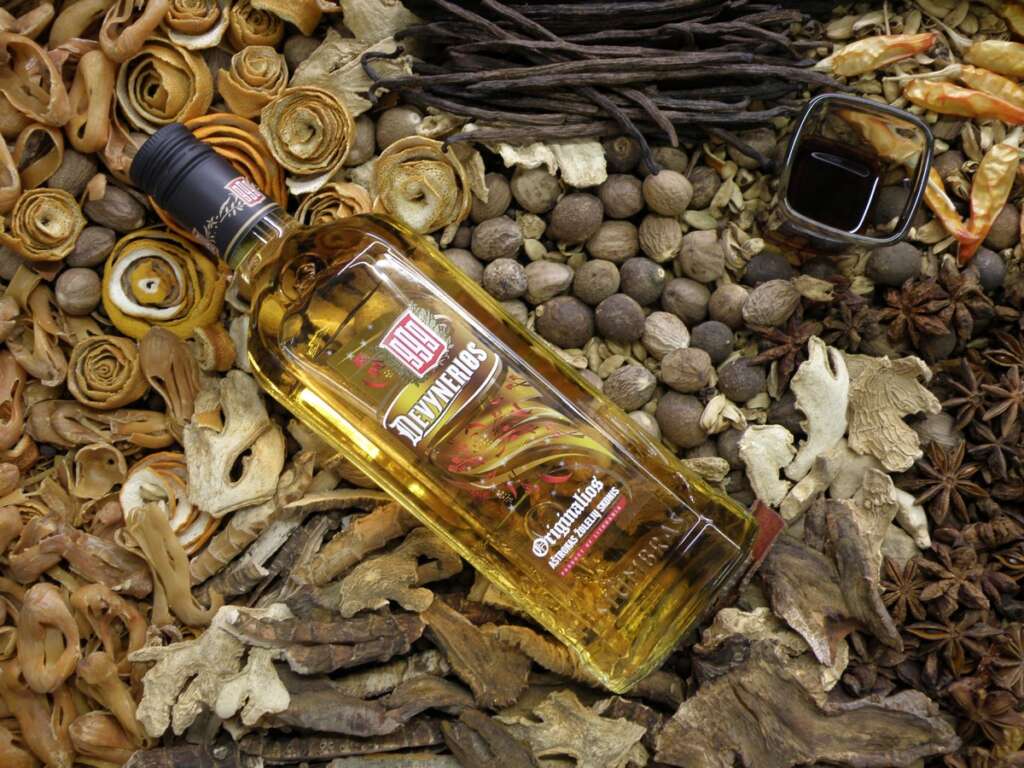
Worth to visit?
Before I started planning a visit to Kaunas, there was no information in my mind that Stumbras was a Lithuanian brand, and I certainly did not combine this brand with Kaunas. I had a very nice time during sightseeing and tasting, and our lady guide, who is also a technologist at the plant, made this little trip full of passion and curiosities.
So if you are in the area and you like to explore cities and regions through the prism of flavours, be sure to check Stumbras Museum!



